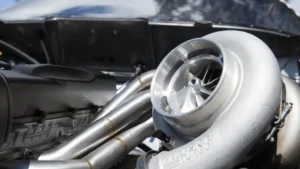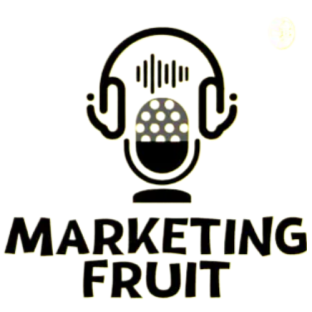The increasing application of the product in the healthcare sector is projected to play a vital role in driving the expansion of the Peracetic Acid Market. Moreover, rising demand for bio-based chemicals, the creation of innovative approaches to incorporate peracetic acid into diverse products, and advancements in production methods are expected to open new growth avenues for the industry. The U.S. Food and Drug Administration (FDA) has classified peracetic acid as a safe compound that can be effectively used as both a preservative and antibacterial agent. In recent years, its role as a preservative and microbiological disinfectant has gained momentum. For instance, according to Germany Trade and Invest (GTAI), food retail sales surpassed EUR 227 billion (US$236.43 billion) in 2020 as manufacturers boosted capacity and modified supply chains to match changing consumption patterns. Similarly, Ecotone, a French firm, invested €20 million (US$21 million) in 2022 to expand its plant-based beverage production by 30% by 2030. Such developments in the food and beverage sector are significantly contributing to the growth of the Peracetic Acid Market.
The global Peracetic Acid Market remains highly fragmented, with both multinational and regional companies actively competing. Market players are broadening their footprint through acquisitions, collaborations, strategic contracts, and long-term service agreements. For example, in April 2020, the U.S. Environmental Protection Agency approved Solvay’s PROXITANE AHC for use against SARS-CoV-2, the virus that causes COVID-19. This disinfectant, formulated with hydrogen peroxide and peracetic acid, is effective against a wide range of pathogens including staphylococcus, salmonella enterica, vesicular stomatitis virus, and fungi such as trichophyton mentagrophytes. Such initiatives highlight the growing significance of peracetic acid across healthcare and sanitation applications, further fueling the Peracetic Acid Market.
Insights from CXOs and primary research also indicate significant growth from the pulp and paper industry. For instance, in 2021, Canada’s Minister of Natural Resources approved US$3.8 million in funding for Red Leaf Pulp through Sustainable Development Technology Canada (SDTC). Similarly, Invest India reported that the country’s paper and paperboard industry is expected to grow at an annual rate of 6–7%. Within this sector, peracetic acid is increasingly utilized as an eco-friendly oxidizing biocide that efficiently eliminates inorganic deposits and microbial slime from pulp. Consequently, the expansion of the pulp and paper industry will continue to drive demand within the Peracetic Acid Market in the coming years.
The Peracetic Acid Market is evaluated across regions including North America, Europe, Asia-Pacific, Latin America, and the Middle East & Africa. Among these, North America is forecasted to hold the largest market share, followed by Europe, Asia-Pacific, Latin America, and Middle East & Africa. Growth in the North American region is attributed to the widespread use of peracetic acid across healthcare, water treatment, food and beverage, and pulp and paper industries. Meanwhile, Asia-Pacific is expected to witness rapid expansion, supported by foreign direct investments, low-cost labor, and easy access to raw materials. These factors collectively strengthen the region’s growth prospects. Prominent companies shaping the Peracetic Acid Market include Acuro Organics Limited, Aditya Birla Chemicals, Diversey Holdings LTD, Evonik, Enviro Tech Chemical Services, Inc., Jubilant Life Sciences Ltd., Mitsubishi Gas Chemical Company, Inc., Promox, Seeler Industries Inc., and Solvay.
Click here to read complete article








